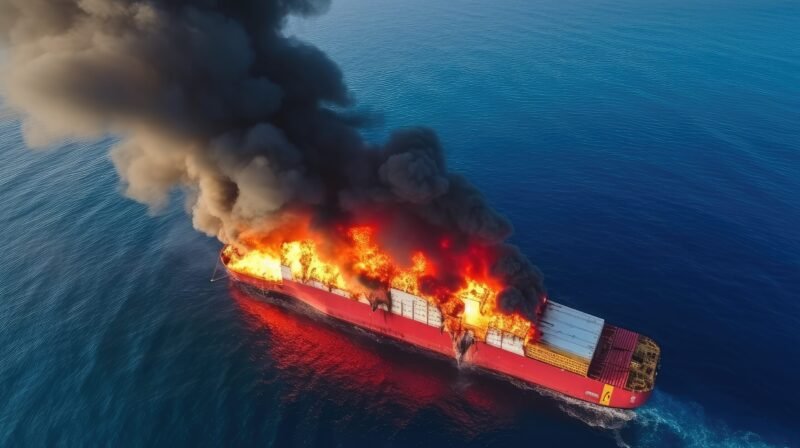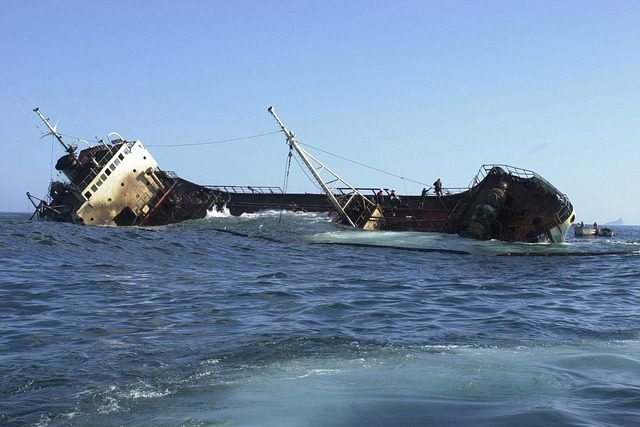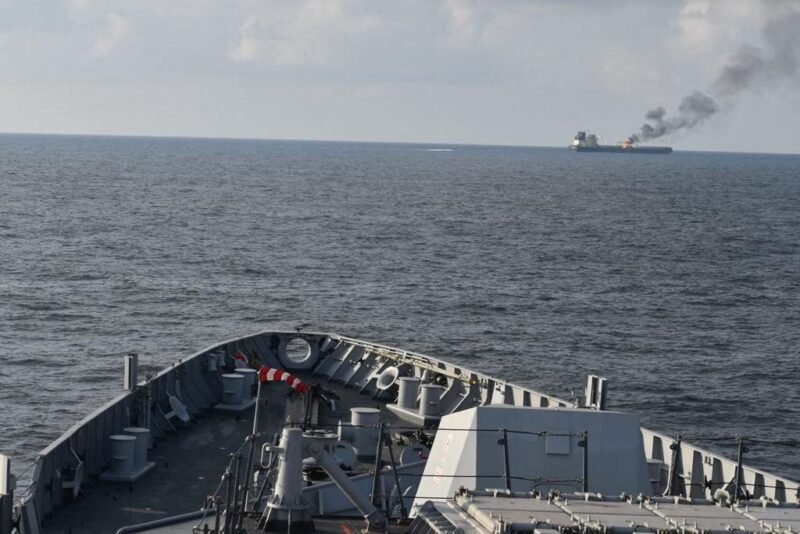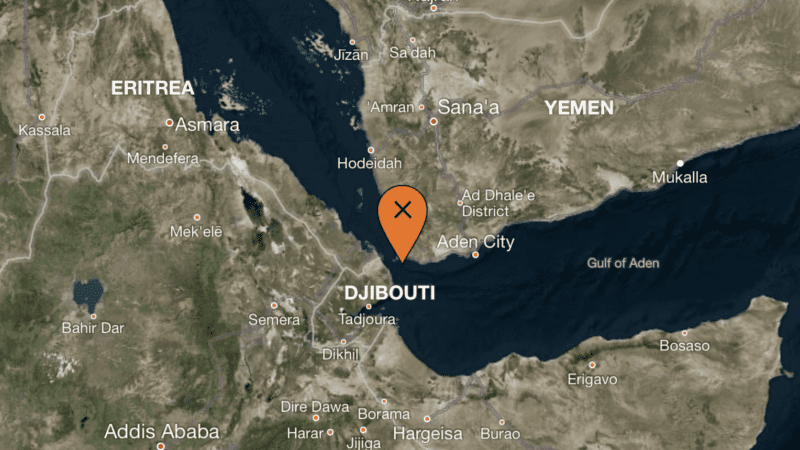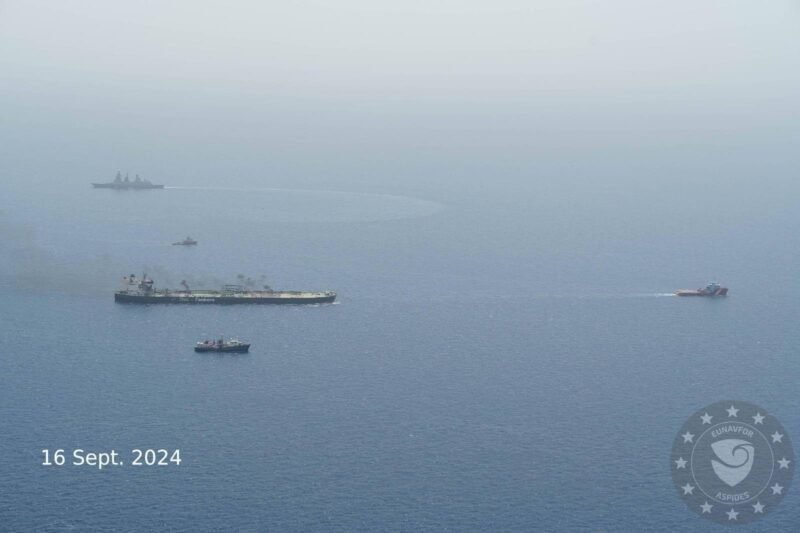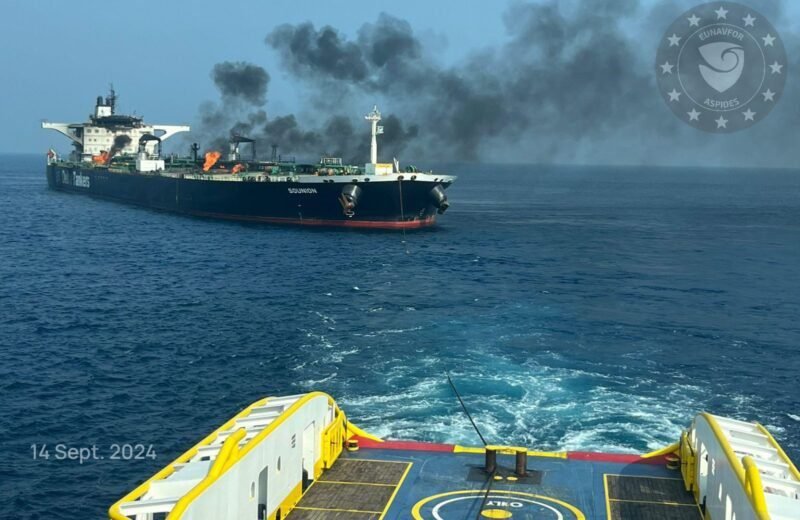The cost of insuring vessels passing through the Red Sea has significantly increased since early September, with some insurers even suspending coverage due to heightened risks of attacks by Yemen’s Houthis on merchant ships. The Iran-backed group has carried out over 70 attacks, sinking two ships, hijacking another, and causing casualties. Additional war risk premiums for Red Sea transits have risen to as much as two percent of a vessel’s value, compared to 0.7 percent previously. Insurers are now more cautious and selective, leading to challenges for ships seeking coverage in the region.
The Houthis have threatened to target ships bound for the UK, US, or Israeli ports, further escalating the dangers and costs associated with maritime operations in the area. This has prompted many smaller insurers to withdraw from providing coverage for the Red Sea war, with some simply refusing to insure ships for the first time. Despite some coverage still being available, insurance costs are on the rise as insurers become increasingly vigilant and discerning in their underwriting decisions.
Industry sources reported that the Greek-operated tanker Sounion, which was attacked in August and carried one million barrels of crude oil, did not result in oil pollution and was towed safely. The ship’s value is estimated at $80 million, and its war insurance policy was underwritten by a consortium led by insurer Brit, including other companies like Antares, Iquw, Hamilton, Westfield, and Aspen. However, specific insurers declined to comment on the situation, indicating the complexity and sensitivity surrounding maritime insurance in the Red Sea region.







